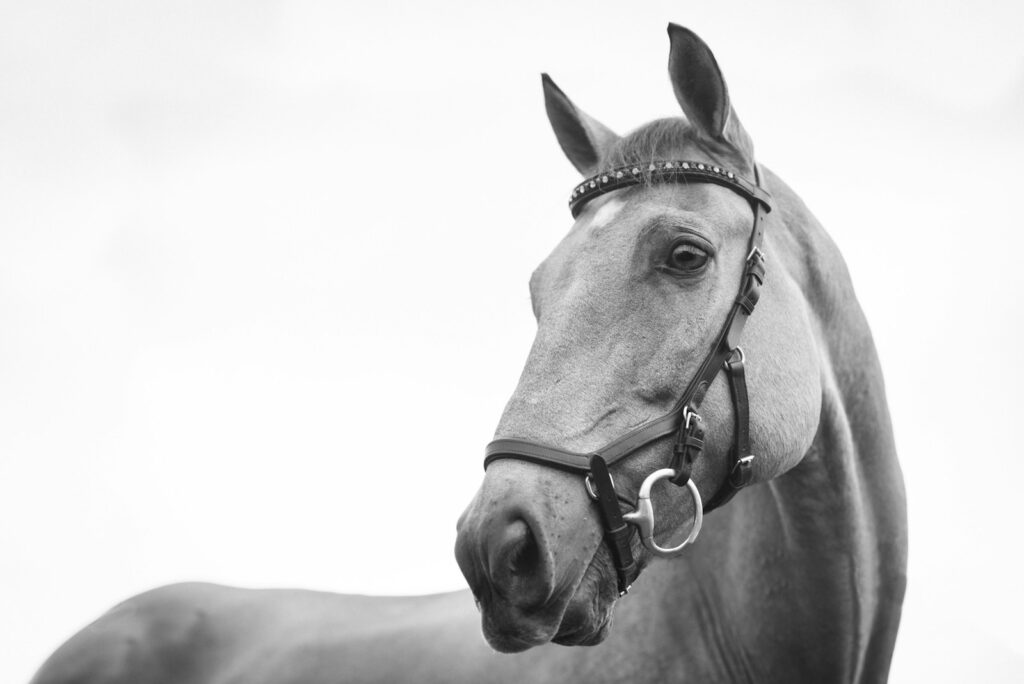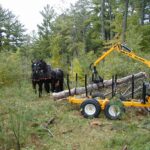Finding the perfect bit for your horse is much like fitting a key to a lock – when you have the right match, everything works smoothly. The bit serves as a crucial communication tool between rider and horse, translating subtle cues into meaningful directions. However, with countless options available, from gentle snaffles to more assertive curbs, selecting the appropriate bit based on your horse’s individual temperament can seem overwhelming. A bit that works beautifully for one horse might cause discomfort or resistance in another. This comprehensive guide will help you navigate the complex world of horse bits, emphasizing how your horse’s unique personality, training level, and physical characteristics should influence your choice.
Understanding the Basics of Bit Function
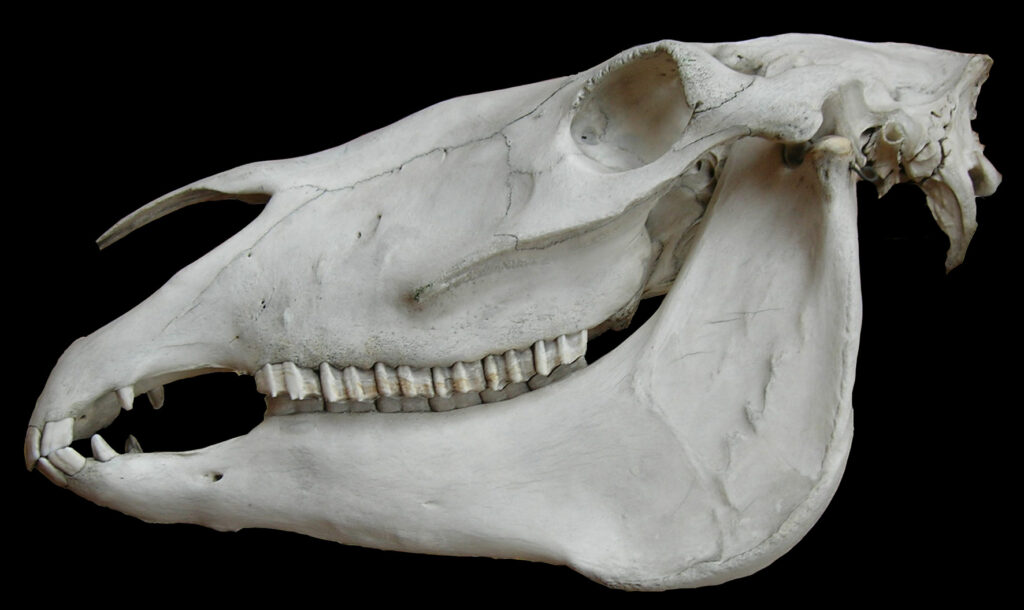
Before matching a bit to temperament, it’s essential to understand how bits actually work as communication devices. Bits operate on different pressure points in the horse’s mouth, including the tongue, bars (the space between incisors and molars), lips, and sometimes the poll and chin. When you apply rein pressure, these contact points activate, creating signals your horse learns to interpret as specific requests. Different bit designs distribute this pressure uniquely, with some concentrating force in limited areas while others spread it more evenly. The way your horse responds to these pressure variations often connects directly to their temperament – sensitive horses may overreact to concentrated pressure, while dull horses might require clearer signals. Understanding this fundamental relationship between bit mechanics and equine psychology forms the foundation for making appropriate bit selections.
Assessing Your Horse’s Temperament

A thoughtful temperament assessment should precede any bit selection process. Is your horse naturally anxious, easily startled, and quick to react? Or perhaps they’re more phlegmatic, requiring clear, consistent signals to motivate a response? Some horses display high intelligence with a willingness to please, while others show more independent thinking that may manifest as stubbornness. Observe your horse in different situations – during groundwork, under saddle, in new environments, and when experiencing various stimuli. Note their default stress responses: do they tend to become tense and rush forward, or do they shut down and become heavy on the forehand? These behavioral patterns provide vital clues about your horse’s natural temperament, which should significantly influence your bit choice. Remember that horses often showcase different aspects of their personality depending on their comfort level with their handler and environment.
Matching Bits to Sensitive Horses

Highly sensitive horses often thrive with minimal mouth pressure and require bits that offer clear but gentle communication. For these reactive equines, consider smooth-mouthed loose ring snaffles that allow mobility and release pressure quickly when cues stop. Mullen mouth bits, which create even pressure across the tongue without a joint that can pinch, frequently work well for sensitive types who might overreact to jointed bits. Flexible rubber or soft synthetic bits can also provide clear signals while minimizing the harsh metal-on-tissue contact that might overwhelm a sensitive horse. When introducing bits to sensitive horses, proceed gradually with short, positive training sessions, ensuring they have time to understand and accept the new pressure points. Remember that bit sensitivity isn’t weakness—these horses often become the most responsive partners once they understand what’s being asked through appropriately gentle equipment.
Appropriate Bits for Bold or Strong-Willed Horses
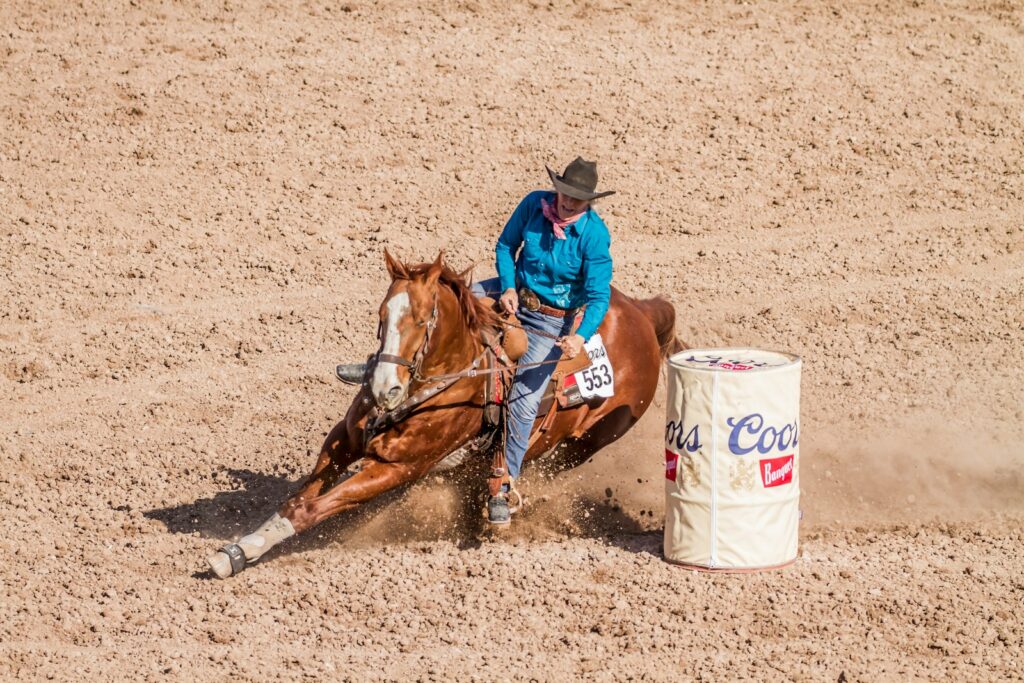
Horses with dominant personalities or those described as “strong” often require bits that provide clearer communication without escalating into a battle of strength. Contrary to popular belief, stronger bits don’t necessarily solve behavioral issues with bold horses and may actually create resistance if used incorrectly. Instead, consider bits that offer more specific pressure points, such as a French link or Dr. Bristol snaffle, which creates distinct tongue pressure that can get the attention of a horse that might ignore subtler signals. Leverage bits like kimberwicks or pelhams might be appropriate for well-trained strong horses that understand basic bit pressure but need occasional reminders about respecting rider cues. Any transition to a stronger bit should accompany focused training to improve responsiveness, not as a shortcut to control. The goal remains creating a willing partner, not forcing compliance through stronger equipment.
Bits for Anxious or Nervous Horses

Horses with anxious temperaments require bits that won’t amplify their natural tendency toward tension and worry. For these individuals, stability is paramount – a bit that moves too much or creates unpredictable pressure can trigger resistance and escalate anxiety. Full cheek or D-ring snaffles provide lateral stability while still offering clear directional cues. Bits with copper inlays or sweet iron encourage salivation and acceptance through pleasant taste, potentially helping anxious horses relax their jaw and poll. When working with nervous horses, it’s essential to establish consistent handling routines that build trust before experimenting with different bits. Remember that an anxious horse’s resistance to a bit often stems from confusion or fear rather than disobedience, so patience during the selection process yields better results than quick equipment changes. For particularly anxious horses, consider whether a bitless option might temporarily reduce oral stress while building confidence.
Suitable Options for Young or Green Horses

Inexperienced horses, regardless of age or natural temperament, benefit from bits that provide clear, consistent communication without potential for confusion or discomfort. The standard loose ring snaffle remains popular for starting young horses because it allows freedom of movement while creating basic directional pressure that’s easy to understand. When selecting a first bit, consider diameter carefully – thicker bits (16-18mm) distribute pressure more gently across a larger surface area, making them ideal for sensitive oral tissues that haven’t yet adapted to bit contact. Eggbutt snaffles offer slightly more stability than loose rings while maintaining the gentle action appropriate for green horses. When introducing any bit to an inexperienced horse, prioritize positive associations through groundwork exercises before applying rein pressure under saddle. Remember that these early bit experiences shape your horse’s long-term attitude toward contact, making thoughtful selection particularly crucial during formative training.
How Mouth Conformation Affects Bit Choice
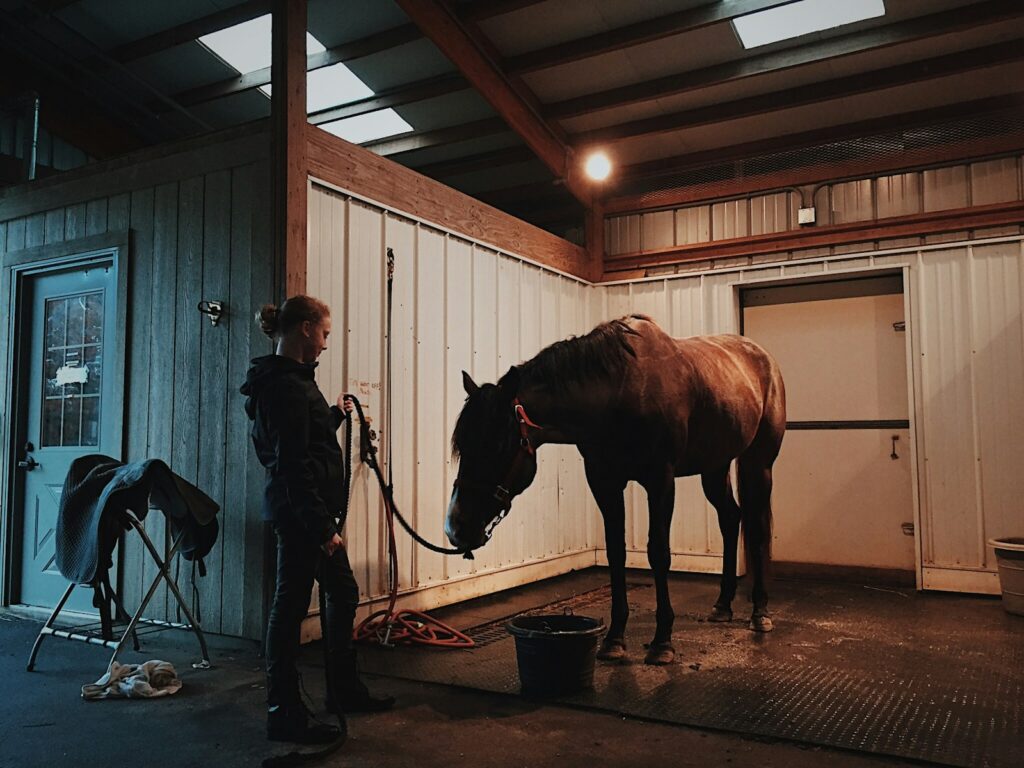
Even the perfect bit for your horse’s temperament may prove problematic if it doesn’t accommodate their unique oral anatomy. Horses with thick tongues often struggle with low-ported bits that apply significant tongue pressure, potentially causing discomfort that manifests as resistance. Conversely, horses with thin, sensitive tongues may find broad, flat mouthpieces uncomfortable as they create concentrated pressure on minimal tissue. Horses with low palates benefit from bits with port designs that create tongue relief, preventing the uncomfortable roof contact that might cause head tossing or tooth grinding. When examining your horse’s mouth, also note the width of the bars and overall mouth size, as these factors influence appropriate bit width and mouthpiece design. Consulting with an equine dentist can provide valuable insights into anatomical considerations that might affect bit comfort and performance.
The Effect of Discipline and Riding Style

Your chosen equestrian discipline and riding style significantly impact appropriate bit selection beyond just temperament considerations. Different competitive environments have both traditional expectations and practical requirements that influence bit choices. Western disciplines often utilize curb bits that facilitate neck-reining and allow horses to work with minimal hand contact while managing cattle or navigating patterns. English disciplines like dressage emphasize consistent, elastic contact through snaffle bits that allow precise communication for collected movements and transitions. Jumping disciplines frequently use bits that provide stability during takeoff and landing while allowing freedom over fences. Regardless of discipline, your personal riding style – including hand steadiness, timing of release, and overall balance – interacts directly with your horse’s temperament to determine bit suitability. Even the perfect bit for your horse’s temperament may prove ineffective if your riding style creates inconsistent or confusing pressure patterns.
When to Consider Bitless Options
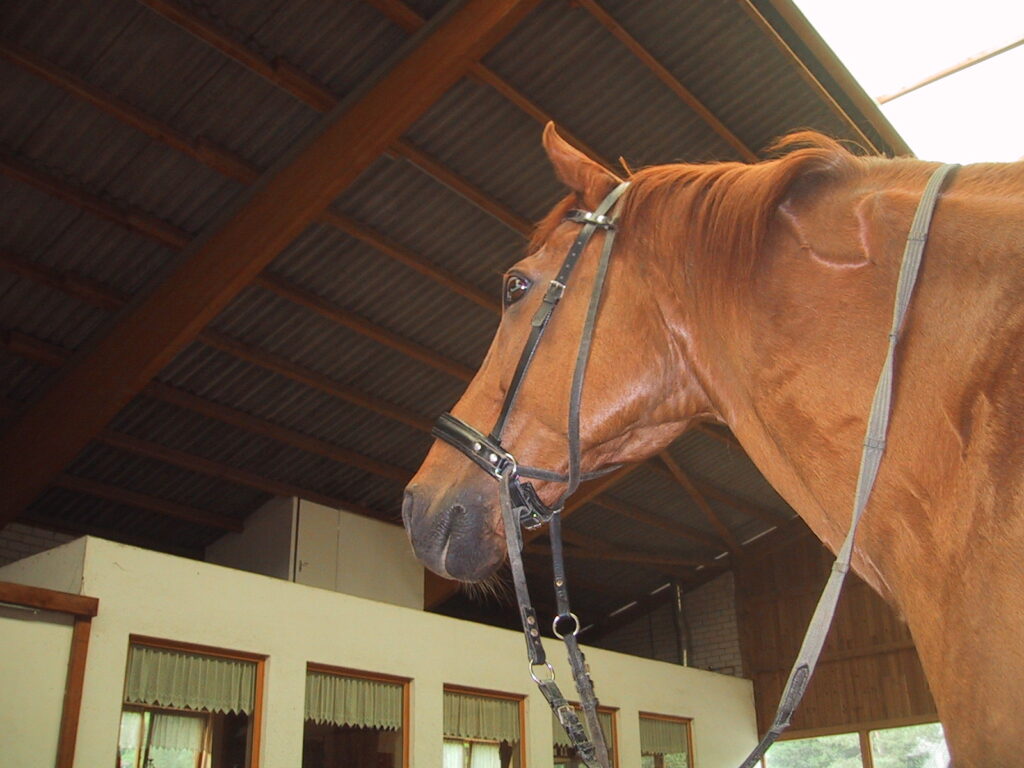
For some horse temperaments, traditional bitted bridles may not provide the best communication system, making bitless options worth exploring. Horses with mouth injuries, dental issues, or extreme oral sensitivity might benefit from hackamore or sidepull designs that create pressure on the nose rather than in the mouth. Similarly, horses that demonstrate consistent anxiety with any mouth contact despite trying various bit options might perform more confidently in well-designed bitless bridles. When considering bitless options, assess whether your horse’s temperament suits the different pressure points these bridles create – some horses find poll pressure from mechanical hackamores more stressful than gentle bit contact. Always introduce bitless options gradually, understanding that they require their own learning curve for both horse and rider. In some competition settings, bitless options may be limited by regulation, so research discipline requirements before committing to a bitless approach for competition horses.
Red Flags: Signs Your Bit Doesn’t Match Your Horse’s Temperament
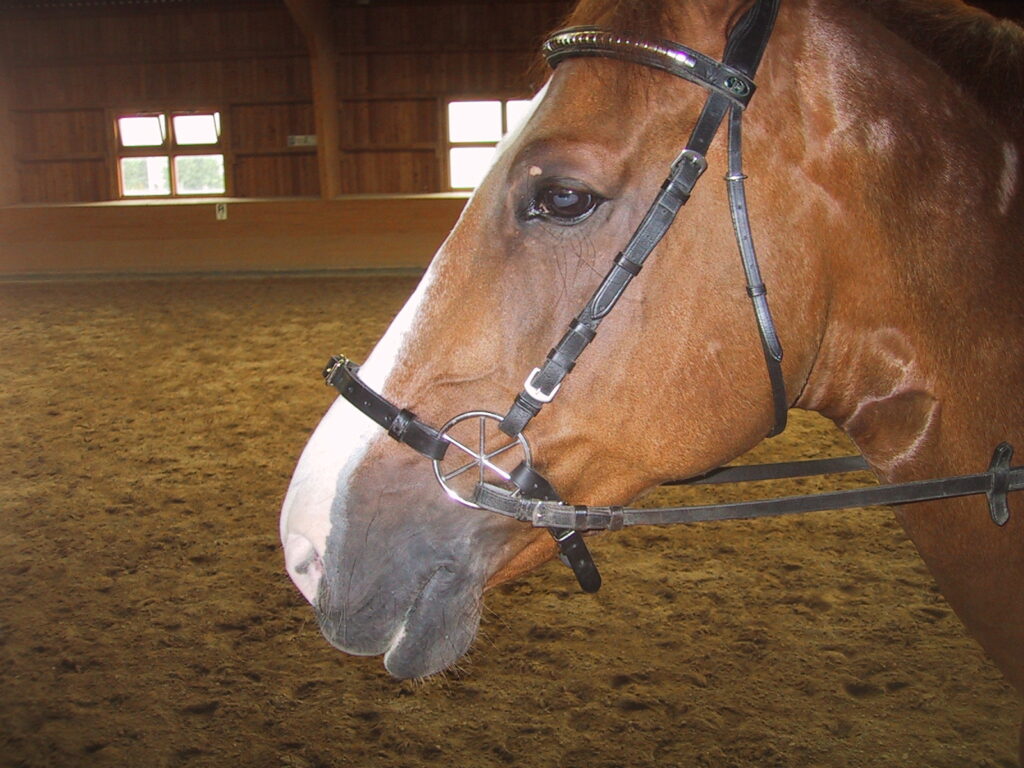
Recognizing when a bit isn’t working proves just as important as the initial selection process. Consistent head tossing, mouth gaping, tongue hanging or positioning over the bit, and teeth grinding all suggest discomfort that may indicate a mismatch between bit and temperament. Behavioral changes like rushing, backing up without being asked, rearing, or becoming increasingly heavy on the forehand often connect directly to bit-related discomfort. Particularly concerning are situations where previously willing horses begin avoiding bridling or demonstrating new resistance during riding that correlates with bit changes. Physical signs including excessive salivation, dry or cracked mouths, and bit sores require immediate attention and likely bit adjustment. When these warning signs appear, don’t simply reach for a stronger bit – instead, reassess whether the current bit matches your horse’s natural temperament and response patterns, considering whether you need a completely different design rather than just a more assertive version of the same pressure system.
Transitioning Between Different Bit Types
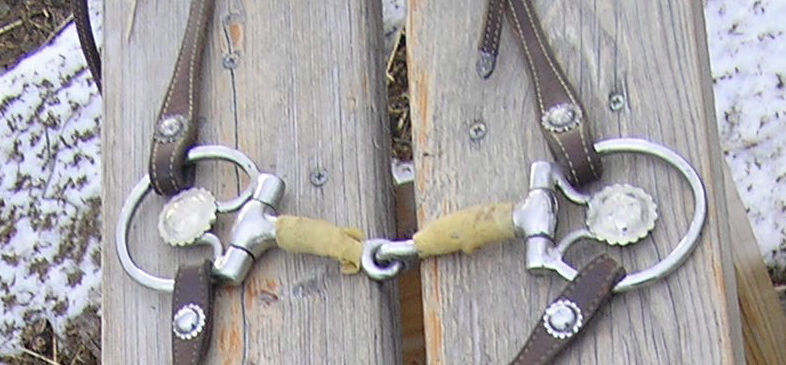
When your horse’s training progresses or you discover their bit doesn’t match their temperament, transitioning to a new design requires careful planning rather than abrupt changes. Begin by introducing the new bit during groundwork sessions, allowing your horse to become accustomed to its feel and taste before applying rein pressure. When first riding with a new bit, work in a controlled environment with minimal distractions, focusing on basic, familiar exercises to help your horse understand the modified pressure patterns. If moving to a more specialized bit like a curb, implement a transitional period where you use the new bit for specific exercises while returning to the familiar bit for more complex work. Throughout the transition process, remain responsive to your horse’s feedback, adjusting your timeline based on their comfort level rather than rushing to meet training goals. Remember that horses with particularly sensitive temperaments may require several weeks to fully adapt to even minor changes in bit design.
Working with Professional Guidance
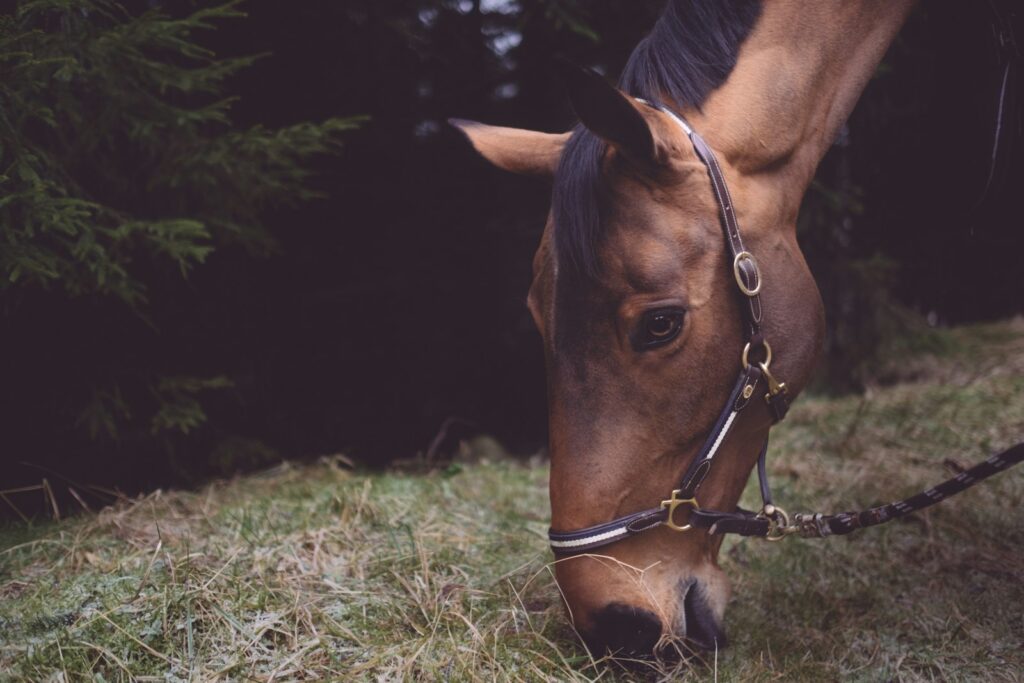
When matching bits to temperament proves particularly challenging, professional expertise can provide invaluable guidance tailored to your specific situation. Experienced trainers often recognize subtle resistance patterns that indicate bit mismatches before they escalate into significant behavioral issues. Equine dentists contribute essential information about your horse’s oral conformation and potential sensitivities that might influence bit comfort. Bit fitting specialists, though less common, offer specialized knowledge about how different bit designs interact with various mouth shapes and temperaments. When seeking professional guidance, provide comprehensive information about your horse’s history, current training level, and specific response patterns to different types of pressure. The most effective consultations include observation of your horse both on the ground and under saddle, allowing professionals to see the dynamic relationship between your riding style, your horse’s temperament, and the bit’s action. This collaborative approach typically yields more successful outcomes than making isolated decisions based solely on general bit categories.
The Importance of Regular Reassessment

Bit selection isn’t a one-time decision but rather an ongoing process that evolves with your horse’s training, physical development, and changing needs. Young horses developing stronger mouth tissues through training may gradually become ready for more nuanced communication through different bit designs. Seasonal changes can affect temperament – some horses become more energetic and potentially stronger in cool weather, temporarily requiring more defined communication. Health issues like dental problems or arthritis can create new sensitivities that necessitate bit adjustments. Establish a regular schedule for reassessing bit suitability, perhaps quarterly or with seasonal changes, observing how your horse responds to current equipment as their training progresses. This proactive approach prevents minor discomforts from developing into entrenched resistance patterns. Remember that successful bit selection supports your horse’s natural temperament and enhances communication rather than attempting to fundamentally change their personality through equipment choices.
Selecting the right bit for your horse represents a delicate balance between understanding equine psychology, recognizing physical needs, and establishing effective communication. Rather than viewing bits as control devices, successful riders see them as conversation tools that should complement their horse’s natural temperament. The perfect bit creates a harmonious partnership where subtle cues flow effortlessly between rider and horse, with neither party experiencing frustration or discomfort. By prioritizing your horse’s individual needs over tradition or convenience, you build trust that extends far beyond equipment choices. Remember that the most sophisticated bit cannot replace proper training, consistent handling, and the development of mutual respect. When approached thoughtfully, bit selection becomes not just a technical decision but an expression of how deeply you understand and appreciate your equine partner’s unique personality.

